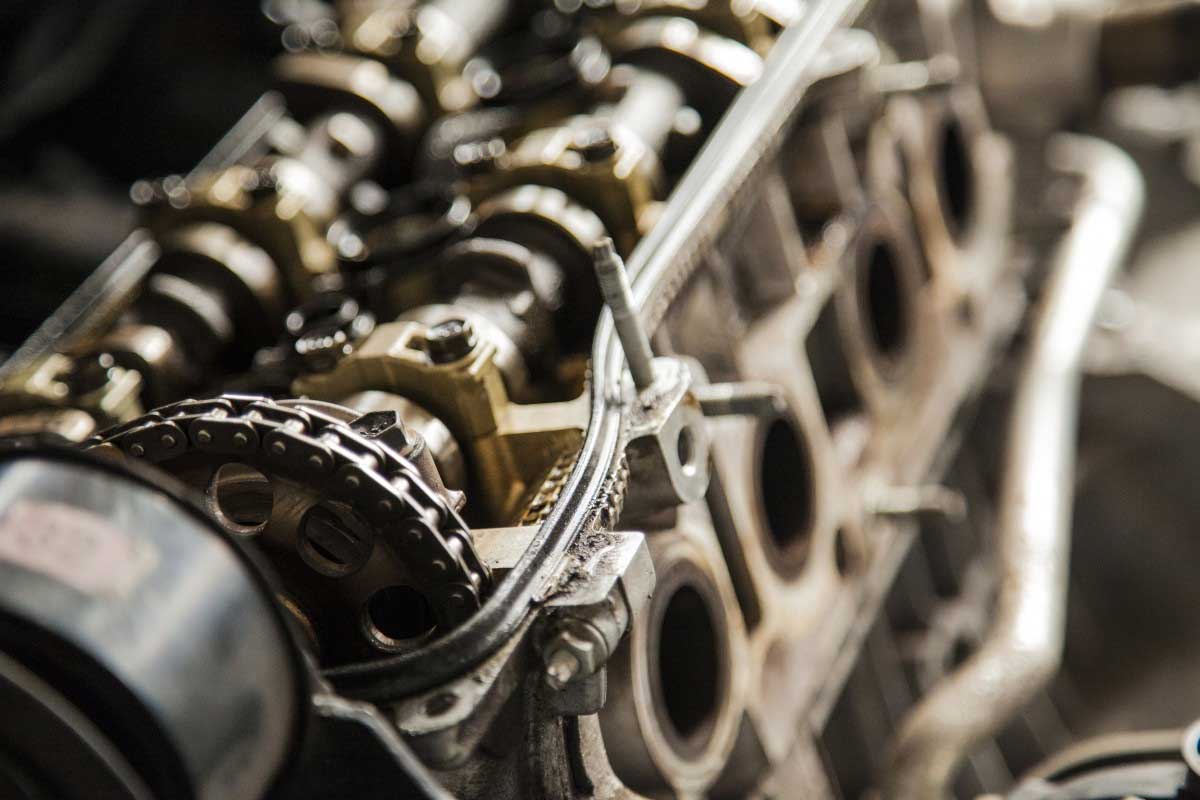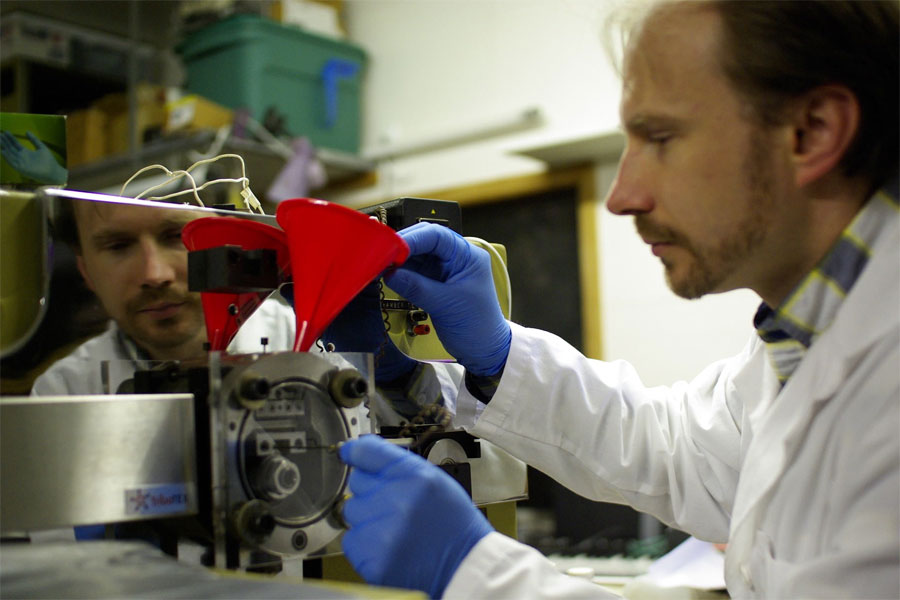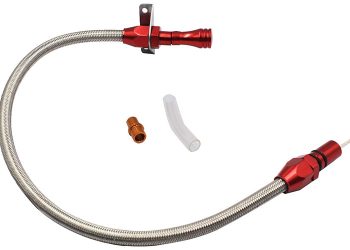Replacement Car Parts
Cars are a vital part of our lives for many of us, allowing us to get from A to B easily and efficiently.
Unfortunately though, due to the general wear and tear that comes with this, you will no doubt have to find some replacement parts when your vehicle finally succumbs to the ominous rattling noise.
When looking for these car parts, it’s easy to feel overwhelmed, especially for those not familiar with the world of motoring.
Here, we’ve put together a quick guide to replacing car parts to help you on your way.
What are the different types of car part?
Firstly, it’s important to get to grips with the jargon surrounding the different types of car part. You’ve no doubt come across the words genuine, aftermarket and remanufactured when doing your research, but do you know what these actually mean?
Greenflag has written this handy guide that gives you all the information you need, which we recommend checking out.
In a nutshell, however, genuine (or OE) parts are the parts your car was fitted with when it was first manufactured.
Replacement parts (or OEM) are made by an external company that supplies the original car manufacturer.
Aftermarket parts are manufactured by companies that have bought the rights to make them from the original manufacturer, using the original template.
Re-manufactured parts are those that have been stripped down and components replaced with either a new or used part, and salvaged parts are those that have come from scrapped cars.
Do your research:
The first important step to buying replacement parts is to thoroughly research what you need.
Firstly, make sure that the part you need is widely available. Although it most probably will be, some vintage or out of production cars may need specialist parts to be sourced by professional dealerships.
Secondly, find out the exact part you need. Using the Vehicle Registration Number (VIN) and a part code, you can ensure you get the right fit. For more common parts, a visual comparison with your current part can be enough, but always be thorough.
You can use lots of websites to find the information you need, including manufacturer specific forums.
It’s also recommended to verify your research, either with a dealer or a mechanic, to ensure you don’t waste time or money on the wrong part.
Secondhand or new:
Deciding whether you want secondhand or new parts should be the next step, as there are considerable differences in prices.
Whilst secondhand parts are usually cheaper, it’s usually best to go for new or genuine parts.
Speaking to VW Motor Parts, they said: “Many people are often swayed by the lower prices of secondhand parts. However, these can lead to more costs further down the line if they turn out to be faulty, old or unfit for the car. Buying genuine car parts cuts down the risk of this.”
This post can offer more advice.
Where do I buy them from?
Many online suppliers stock the widest range of parts, but you can also check out local scrap yards, swap meetings, forums, eBay or dealerships.
However, online suppliers usually offer the best way to purchase parts as they can assist in tracking down more uncommon parts. They also offer warranties or guarantees on their products, which you will be less likely to find with other sources.
For more tips, see this post by Road and Track.
How do I fit them?
Once you’ve got your parts, it’s important to make sure you fit them correctly.
Unless you’re a whizz at cars, it’s best to leave it to the professionals, so find a local mechanic or dealer.
Featured Image by Pxhere.













